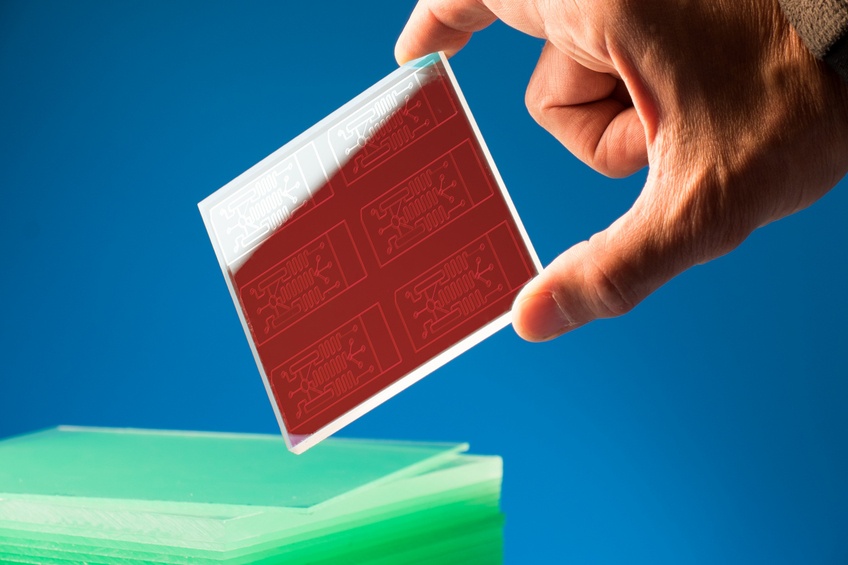The Zika virus (ZIKV) is emerging as a global public heath threat. It has been linked to the development of microcephaly in newborn babies whose mothers’ were infected by ZIKV during pregnancy. Recently, it has been shown that the virus can be sexually transmitted. The clinical signs in adults include fever, rash, joint pain, and conjunctivitis, which are common clinical signs for a general viral infection. This makes clinical diagnosis difficult without a specific immunoassay. The current methods for ZIKV detection are qPCR (quantitative polymerase chain reactions) or ELISA (enzyme-linked immunosorbent assay). Each of these is time consuming and the reagents can be expensive. As more people become infected and the virus spreads throughout the population it will become necessary to find a cheaper and faster alternative assay for detection of ZIKV. A magneto-actuated chemiluminescence immunoassay for the Zika virus has been developed. The demonstrated limit of detection is comparable to qPCR.
Electrogeneratedchemiluminescence (ECL)
Electrogeneratedchemiluminescence (ECL) is a chemical reaction that causes an excited electron transfer. The electron is bumped to a higher energy level by the chemical reaction. As it relaxes back down it emits a photon of light. The intensity of the light is easily quantified. ECL intensity is proportional to the amount of complex formed and therefore proportional to the amount of virus in the samples.
The reaction needs an ECL emitter and a co-reactant. During the development of this ZIKV assay three emitters and three co-reactants were tested in order to find the most efficient combination. The intensity of emitted light must be high enough to achieve a good limit of detection for the assay. The ECL emitter 5,6,11,12 tetraphenyltrtracene(RUB) was chosen along with the co-reactant benzol peroxide (BPO). RUB was chosen because it is commercially available and is insoluble in water. The insolubility is important because it was loaded inside polystyrene beads (PSBs), which amplify the signal intensity. The emitter needed to be insoluble in water to prevent leaching and contamination of the reaction system.
ZIKV ECL immunoassay system
The ECL emitter RUB was loaded into polystyrene beads. The surface of each PSB was coated with avadin via amine bonding. Next, a biotinylatedmonocolonal antibody (mAB ZV-2) specific to ZIKV was added to produce antibody-conjugated PSB(RUB). When added to a solution containing ZIKV the virus binds to the antibody on the bead surface. At this point the beads are non-magnetic, but they need to become magnetic to isolate them from solution. To achieve this, magnetic beads (MB) were conjugated with ZV-2 mAb through biotin-streptavadin conjugation. When these magnetic beads are added to the solution the antibody binds to the ZIKV on the PSB(RUB) complex. This sandwich of PSB-ZIKV-MB is magnetically separated from solution. The signal intensity of bound magnetically separated virus increases with virus concentration. The remaining free unbound ECL intensity decreases with increased virus concentration because there is less free ECL left behind when more virus is present to form complexes which are magnetically removed from solution.
Related news
- Different types of Immunoassays
- A magneto-actuated ELISA to quantify CD4+ lymphocytes in whole blood
- DNA capture using magnetic nanoparticles





